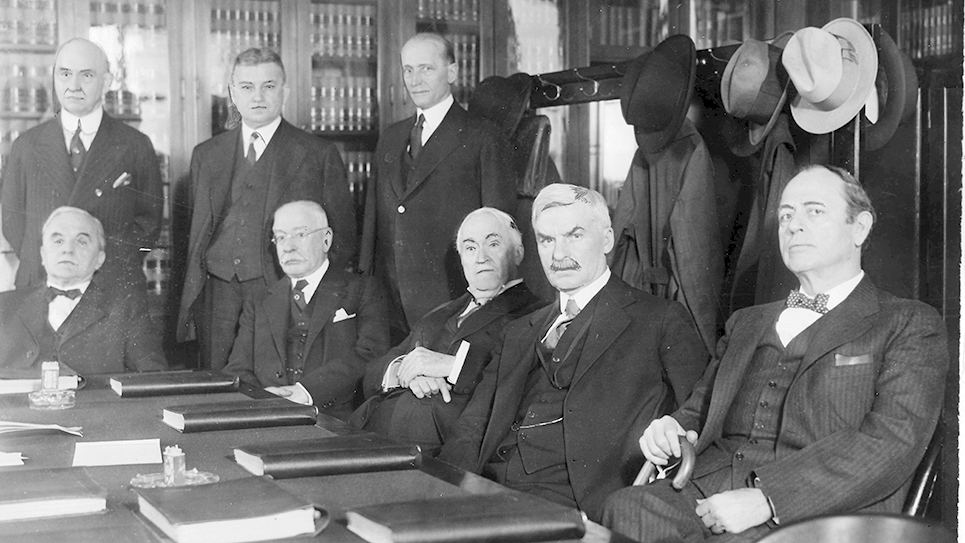By Jedidiah McKeehan
Social security is a system that our government has set up to pay individuals who retire a certain amount of money each month. Social security is also designed to pay individuals a monthly amount if they become disabled and are unable to work.
Social security disability is an area of law unto itself, but let’s go over the very basics of it.
When you apply for social security disability, you can do so by yourself, or with an attorney. If an attorney represents you, his fee will be contingent upon you receiving disability, so you do not have to pay that attorney anything upfront.
When you apply for disability, your application will undergo a review by the social security office. Very often, your initial application for disability is rejected and then your disability application is set for a hearing in front of a federal administrative law judge who only hears social security disability hearings.
In order for a judge to rule that you are disabled, he must work through a five-step process before making that determination. The first question the judge asks is, “Is the applicant currently working?” If they are, then obviously the applicant is not disabled and unable to work.
The second question the judge asks is, “Is the application’s condition severe?” That means that the condition has persisted for 12 or more months and prevents the applicant from working.
The third question the judge asks is, “Is the applicant’s disability something that is listed on the federal government’s list of disabling medical conditions?” The government maintains a list of conditions that they consider to be disabling, and the condition that the applicant is alleging keeps them from working must be on the list or must be as debilitating as the conditions on the list.
The fourth question the judge asks is, “Can the applicant do the work they previously did?” The judge must determine based on the testimony of the people present at the hearing whether the applicant can return to work they previously performed prior to their alleged disability date. Obviously, if a judge believes they can return to their prior work, then an applicant will be determined to not be disabled.
Finally, the last question the judge asks is, “Can the applicant do any other type of work?” So its not good enough that an applicant cannot do their prior work, they must be unable to do any other type of work, including work that would keep the applicant sedentary (sitting down) most of the time. There is an exception to this. If an applicant is 55 years of age or older, they are considered “untrainable” and unable to learn a new skill set or job, so the judge’s questions end after question 4 for applicants who are 55 years of age or older (as insulting as that may be to those over 55).
So there it is, those are the questions that the judge will put to applicants to determine whether an individual is disabled.
Jedidiah McKeehan is an attorney practicing in Knox County and surrounding counties. He works in many areas, including criminal, personal injury, landlord-tenant, probate, and estate planning. Visit attorney-knoxville.com for more information about this legal issue and other legal issues.






